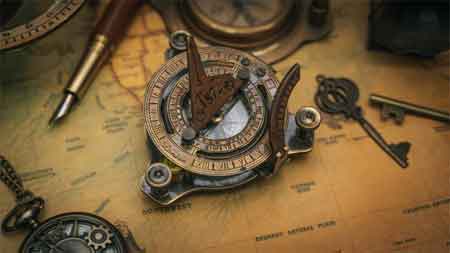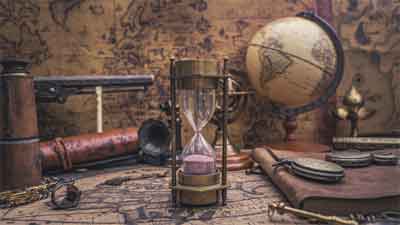In general, an antique is only worth as much as someone is willing to pay for it. Antique prices ebb and flow from year to year. There are several factors to consider when determining the value of antiques and vintage items, but current trends always top the list. Other factors considered might include the maker’s mark, the condition of the item, rarity, age and provenance.
Designer and Makers Marks
With porcelain and china the designer and maker’s marks are usually found on the underside of the piece. The maker’s mark is important to look for when valuing antiques. With vintage art pottery, for example, Moorcroft has much higher value than McCoy, and McCoy has a much higher value than Beauceware, even though all are very collectible.
Makers marks can be found on most good quality items, but not all. Before making an investment, study the piece carefully for marks or signatures and then do online research to help determine its value, check more details here.
Silver and Gold Marks and Hallmarks

The marks and hallmarks found on silver and gold items can show the collector where the item was made, when it was made, who made it and how much gold or silver is in the piece.
Understanding the symbols of silver and gold items requires a little research. Much of this knowledge comes with experience. Even gold and silver experts have to do a little research from time to time. Something unusual always pops up at estate sales and auctions. Information can be found at Modern Silver
Rare Items
Rare items, especially if they are highly sought after, often fetch high prices. But with online auction houses like eBay, a site used all over the world, many items once thought to be rare are turning out not to be so rare after all. Many antique dealer’s use eBay to do their research because it offers current prices. Keep location in mind when researching, however, because buyers also consider the shipping fee of the items so there are a number of factors involved when researching on eBay.
Condition of the Piece

The condition of the piece is also something to consider. A vase with a hairline crack or a small chip, won’t be valued nearly as high as the same piece found in mint condition. There are few sales in damaged china unless the buyer wants it for display purposes or the piece is very rare. China can be restored, but it still won’t have the same value as a piece in original condition.
Age and Value
The age of the piece does play a role in determining its value, but only a small role. Not all very old items have great value. A sap bucket may be old, but it’s worth approximately $2 to $4. A gilt decorated book dated 1870 may be old and pretty to look at, but most are a dime a dozen and worth as much in the eyes of collectors. Age alone doesn’t determine value.
History and Provenance
With rare and very collectible antiques and vintage items, proven history and provenance of the piece can add value. For instance, a vintage book may have little value on its own, but if it has a ex libris label in the name of Albert Einstien or George Harrison, the value is in that provenance. Provenance adds the history. It tells the present owner who owned it before and when.
Style and Collecting Trends
Style and collecting trends may not seem like an important factor when determining the value of antiques, but trends are actually one of the most important things to consider. Tastes change. And when people are no longer interested in French ivory vanity items, paint-by-number depictions of Hawaii or bone china tea cups from Shelley, the prices drop considerably. All the items mentioned were once important items at antique auctions, but prices have dropped and dealers aren’t investing the huge sums of money to buy them that they once were.
Antique Appraisers
If an item is suspected of being very valuable, using the services of a professional antique appraiser would be a wise decision. The International Association of Appraisers is a good place to begin a search for an appraiser that will fulfill the collectors needs and help determine value. Many auctioneers and even local antiques dealers also offer an antiques appraisal service.
Using Antique Price Guides
There are also numerous antique price guides, including the well-known Miller’s and Kovel’s price guides. Most antique dealers don’t use antique book prices. While they can offer a general sense of what a piece may be worth, the guides aren’t accurate by location. What may fetch $500 in Manhattan or an elite antiques show, may only fetch $250 in Toronto’s Queen Street Antiques neighborhood.

